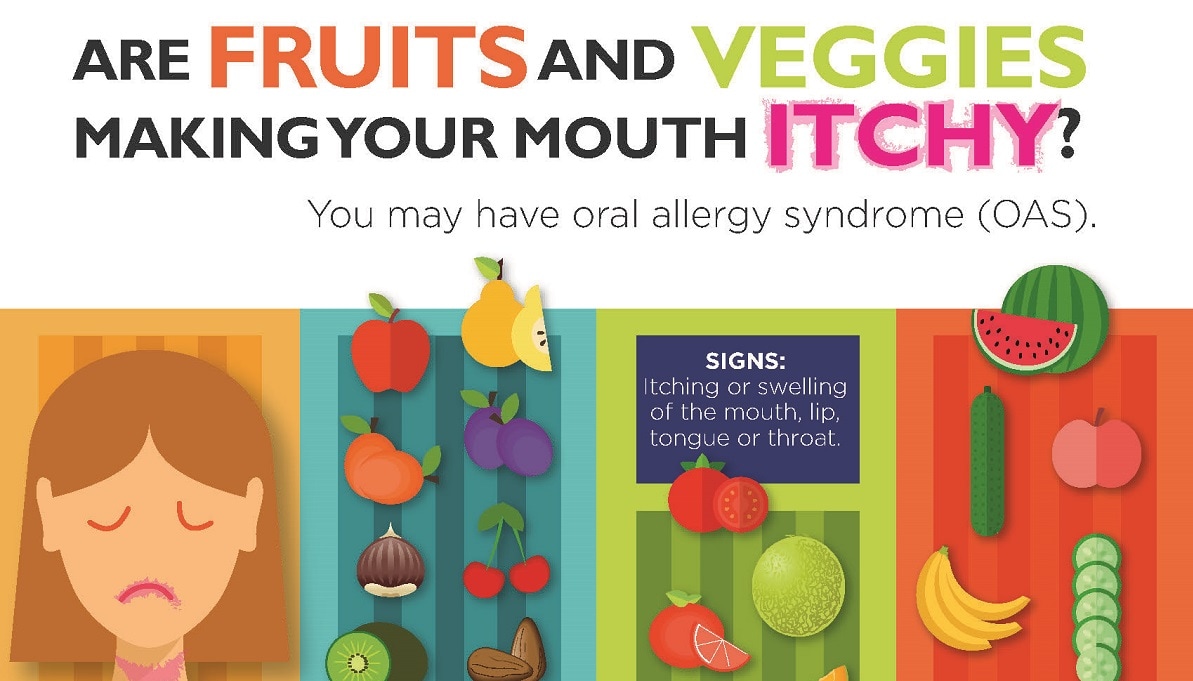Allergies and Quality of Life
Why are allergies increasing?
All the classical allergic diseases seem to be on the increase:
Examples:
Eczema - in the USA in the 1960’s about 3% of children were affected. In the 1990’s it was nearly 10%; in Britain more than 16% of 12 to 14 year olds are now affected.
Hayfever - In the 1930’s it was extremely rare, affecting 3% of children; now it affects about 18% of 12 – 14 year olds in Europe.
Asthma - In the 1960’s about 4% and now about 20% of children alone had asthma at one point in their life.
Food Allergy – is on the increase especially in the past 20 years. More and more people are found to be allergic to one or more food types.
Why is it increasing? – It is a difficult question to answer. There are many possible causes. However one thing is very clear: This is a disease of modern, westernized society.
If we go to rural Africa or Asia and check people living a simple lifestyle, we will have little or no sign of allergic diseases!
As soon as these people become more affluent and change their lifestyle with more exposure to modern changes, chemicals and technology, allergic diseases start appearing and the number of cases starts to steadily increase.
What seems to happen is two-fold:
Spoiling our immune system
Fast technological changes
Spoiling our immune system
This is what we call the hygiene theory. It is thought that in our modern age, the more we look after our ‘hygiene’ the less the immune system is challenged and the easier it becomes sensitized and hence allergies develop.
Fast technological advances
Our body’s adaptive mechanisms are much slower than the fast changes and developments of technology (chemicals, detergents, soap, shampoos, perfumes, creams, medicines, preservation, etc)
A study from the University of Bristol shows that children who excessively wash their hands (25 times) and have two baths per day, are almost twice as likely to get asthma as children who wash their hands less than three times a day and have a bath every other day. The explanation is probably the second group of children acquire minor infections (with very few symptoms) hence providing them with better immunity and better sensitization.
Other factors of modern living that appear to promote an allergic tendency in children:
1) exhaust fumes in the roads.
2) exposure to plastics, chemicals from detergents and household sources
3) smoking by the mother during pregnancy and after (boosts IgE levels)
4) taking antibiotics frequently especially in the first two years of life.
5) early weaning and bottle feeding.
6) excessive use of sprays (air fresheners, body spray, hair spray etc)
7) excessive intake of preserved and processed foods rather than fresh foods.
All the classical allergic diseases seem to be on the increase:
Examples:
Eczema - in the USA in the 1960’s about 3% of children were affected. In the 1990’s it was nearly 10%; in Britain more than 16% of 12 to 14 year olds are now affected.
Hayfever - In the 1930’s it was extremely rare, affecting 3% of children; now it affects about 18% of 12 – 14 year olds in Europe.
Asthma - In the 1960’s about 4% and now about 20% of children alone had asthma at one point in their life.
Food Allergy – is on the increase especially in the past 20 years. More and more people are found to be allergic to one or more food types.
Why is it increasing? – It is a difficult question to answer. There are many possible causes. However one thing is very clear: This is a disease of modern, westernized society.
If we go to rural Africa or Asia and check people living a simple lifestyle, we will have little or no sign of allergic diseases!
As soon as these people become more affluent and change their lifestyle with more exposure to modern changes, chemicals and technology, allergic diseases start appearing and the number of cases starts to steadily increase.
What seems to happen is two-fold:
Spoiling our immune system
Fast technological changes
Spoiling our immune system
This is what we call the hygiene theory. It is thought that in our modern age, the more we look after our ‘hygiene’ the less the immune system is challenged and the easier it becomes sensitized and hence allergies develop.
Fast technological advances
Our body’s adaptive mechanisms are much slower than the fast changes and developments of technology (chemicals, detergents, soap, shampoos, perfumes, creams, medicines, preservation, etc)
A study from the University of Bristol shows that children who excessively wash their hands (25 times) and have two baths per day, are almost twice as likely to get asthma as children who wash their hands less than three times a day and have a bath every other day. The explanation is probably the second group of children acquire minor infections (with very few symptoms) hence providing them with better immunity and better sensitization.
Other factors of modern living that appear to promote an allergic tendency in children:
1) exhaust fumes in the roads.
2) exposure to plastics, chemicals from detergents and household sources
3) smoking by the mother during pregnancy and after (boosts IgE levels)
4) taking antibiotics frequently especially in the first two years of life.
5) early weaning and bottle feeding.
6) excessive use of sprays (air fresheners, body spray, hair spray etc)
7) excessive intake of preserved and processed foods rather than fresh foods.

